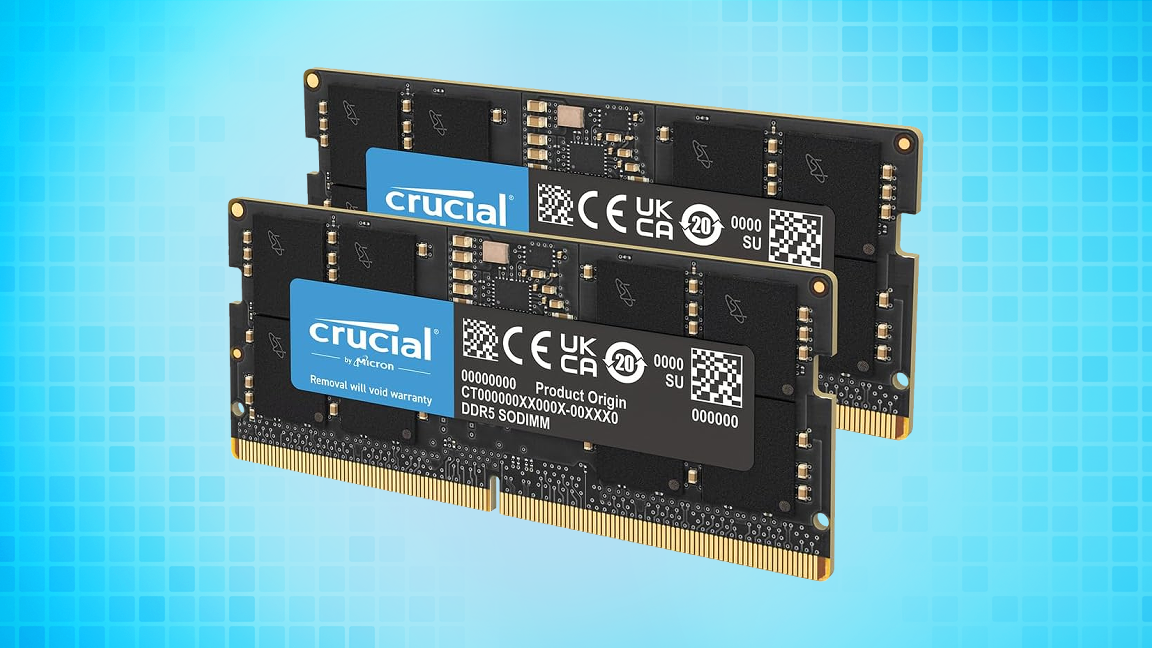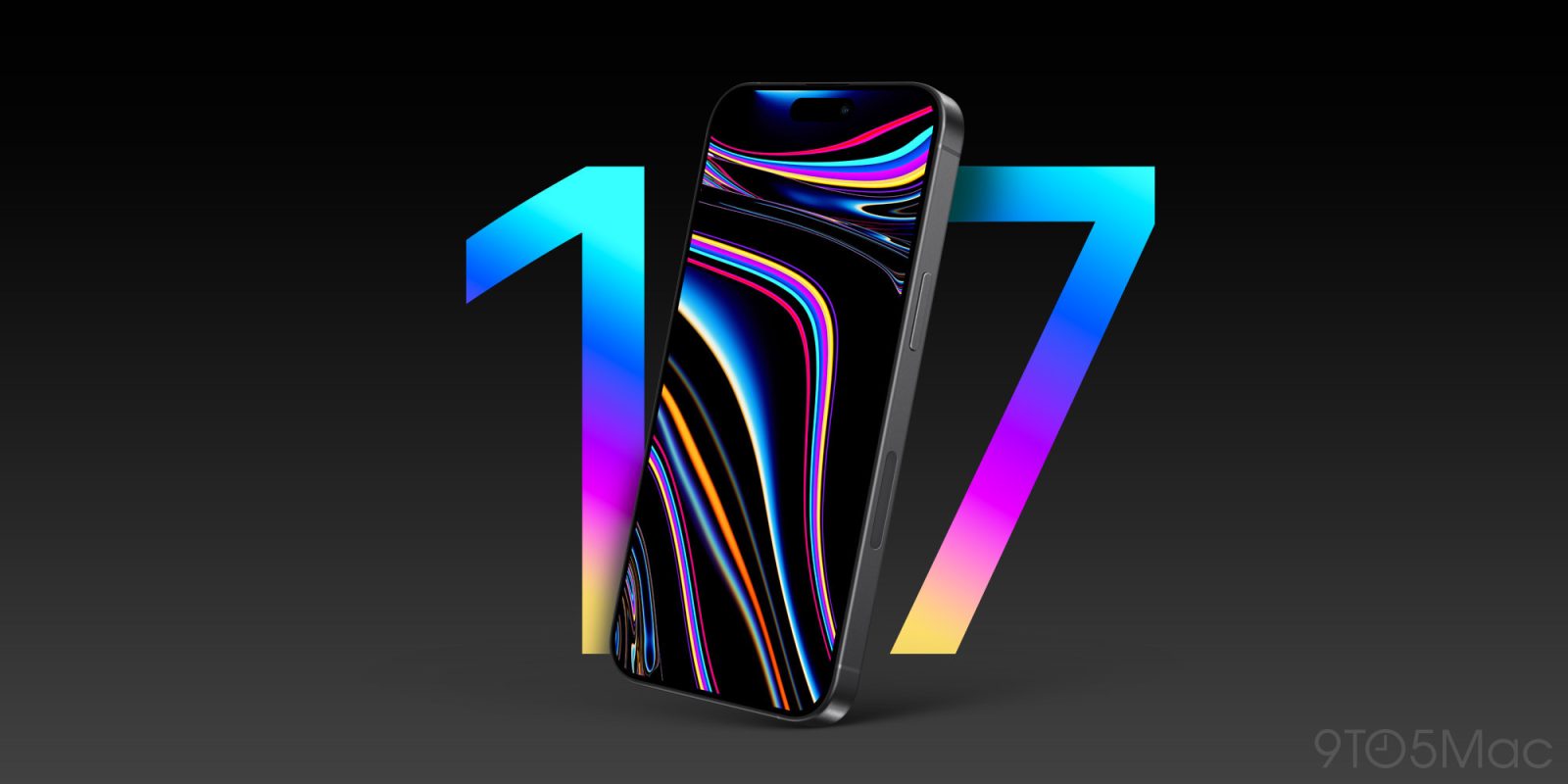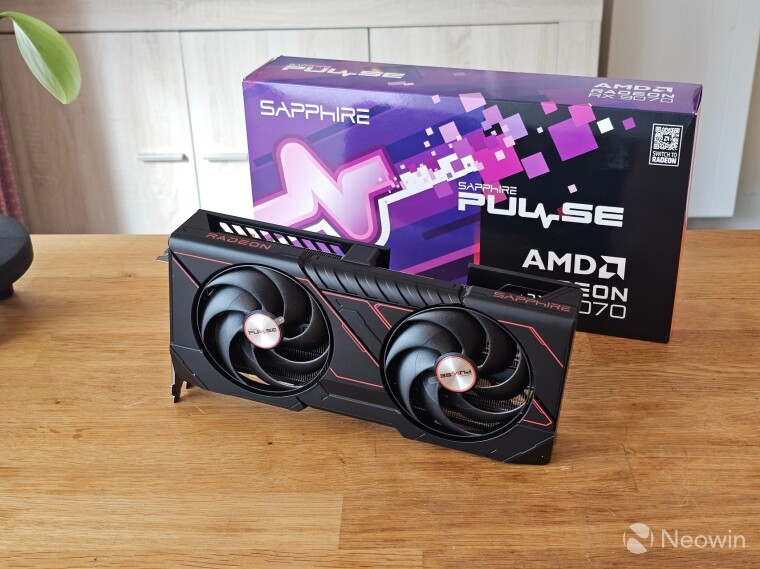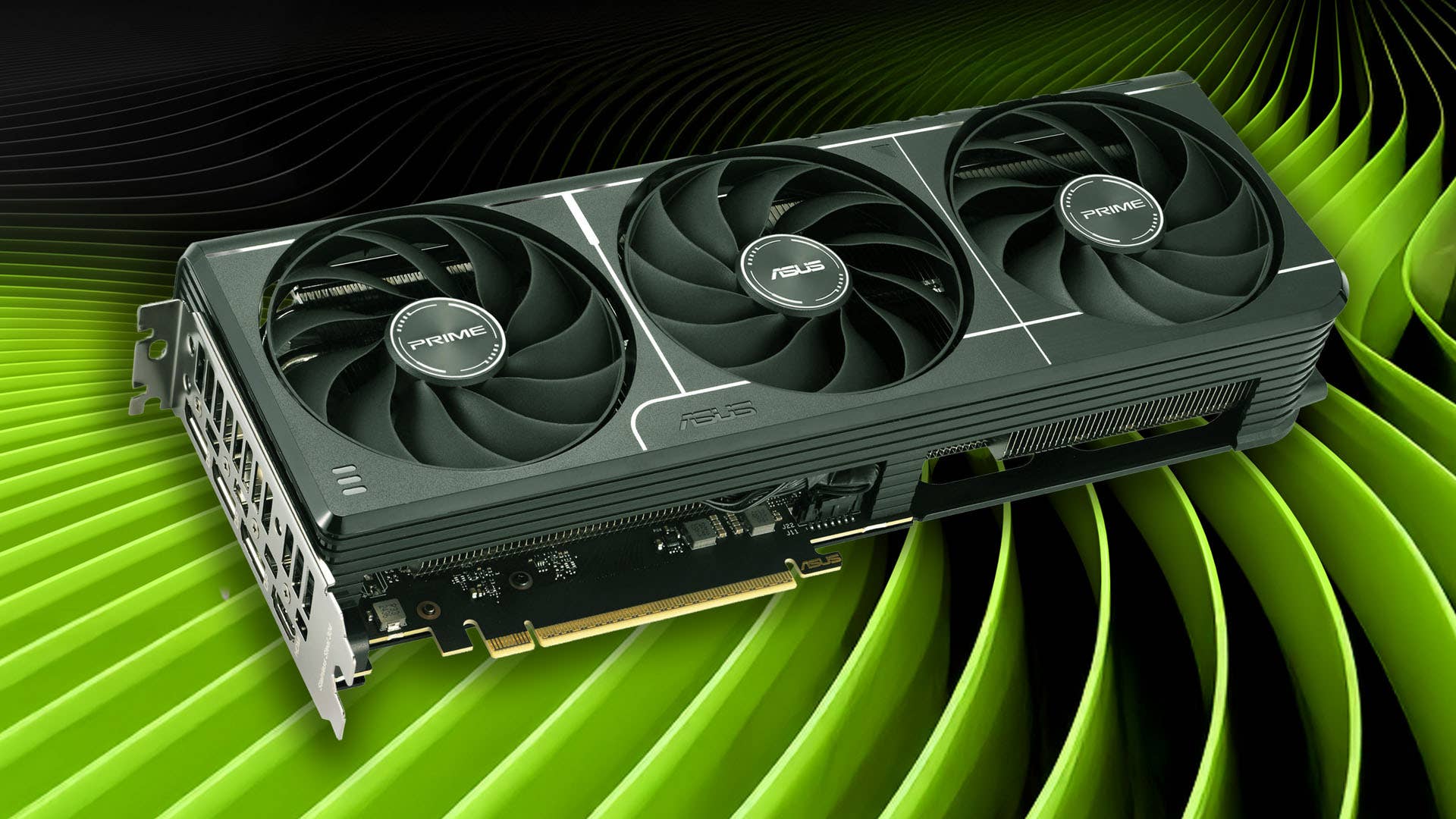Asus ROG Xbox Ally, ROG Xbox Ally X to Start Pre-Orders in August, Launch in October – Rumour
Asus ROG Xbox Ally, ROG Xbox Ally X to Start Pre-Orders in August, Launch in October – Rumour
A new report indicates that the ROG Xbox Ally will be priced at around €599, while the more powerful ROG Xbox Ally X will cost €899.
Posted By Joelle Daniels | On 16th, Jun. 2025
While Microsoft and Asus have unveiled the ROG Xbox Ally and ROG Xbox Ally X handheld gaming systems, the companies have yet to confirm the prices or release dates for the two systems. While the announcement mentioned that they will be launched later this year, a new report, courtesy of leaker Extas1s, indicates that pre-orders for both devices will be kicked off in August, with the launch then happening in October. As noted by Extas1s, the lower-powered ROG Xbox Ally is expected to be priced around €599. The leaker claims to have corroborated the pricing details for the handheld with two different Europe-based retailers. The more powerful ROG Xbox Ally X, on the other hand, is expected to be priced at €899. This would put its pricing in line with Asus’s own ROG Ally X. Previously, Asus senior manager of marketing content for gaming, Whitson Gordon, had revealed that pricing and power use were the two biggest reasons why both the ROG Xbox Ally and the ROG Xbox Ally X didn’t feature OLED displays. Rather, both systems will come equipped with 7-inch 1080p 120 Hz LCD displays with variable refresh rate capabilities. “We did some R&D and prototyping with OLED, but it’s still not where we want it to be when you factor VRR into the mix and we aren’t willing to give up VRR,” said Gordon. “I’ll draw that line in the sand right now. I am of the opinion that if a display doesn’t have variable refresh rate, it’s not a gaming display in the year 2025 as far as I’m concerned, right? That’s a must-have feature, and OLED with VRR right now draws significantly more power than the LCD that we’re currently using on the Ally and it costs more.” Explaining further that the decision ultimately also came down to keeping the pricing for both systems at reasonable levels, since buyers often tend to get handheld gaming systems as their secondary machiens, Gordon noted that both handhelds would have much higher price tags if OLED displays were used. “That’s all I’ll say about price,” said Gordon. “You have to align your expectations with the market and what we’re doing here. Adding 32GB, OLED, Z2 Extreme, and all of those extra bells and whistles would cost a lot more than the price bracket you guys are used to on the Ally, and the vast majority of users are not willing to pay that kind of price.” Shortly after its announcement, Microsoft and Asus had released a video where the two companies spoke about the various features of the ROG Xbox Ally and ROG Xbox Ally X. In the video, we also get to see an early hardware prototype of the handheld gaming system built inside a cardboard box. The ROG Xbox Ally runs on an AMD Ryzen Z2A chip, and has 16 GB of LPDDR5X-6400 RAM and 512 GB of storage. The ROG Xbox Ally X, on the other hand, runs on an AMD Ryzen Z2 Extreme chip, and has 24 GB of LPDDR5X-8000 RAM and 1 TB of storage. Both systems run on Windows. Tagged With:
Elden Ring: Nightreign
Publisher:Bandai Namco Developer:FromSoftware Platforms:PS5, Xbox Series X, PS4, Xbox One, PCView More
FBC: Firebreak
Publisher:Remedy Entertainment Developer:Remedy Entertainment Platforms:PS5, Xbox Series X, PCView More
Death Stranding 2: On the Beach
Publisher:Sony Developer:Kojima Productions Platforms:PS5View More
Amazing Articles You Might Want To Check Out!
Summer Game Fest 2025 Saw 89 Percent Growth in Live Concurrent Viewership Since Last Year This year's Summer Game Fest has been the most successful one so far, with around 1.5 million live viewers on ...
Asus ROG Xbox Ally, ROG Xbox Ally X to Start Pre-Orders in August, Launch in October – Rumour A new report indicates that the ROG Xbox Ally will be priced at around €599, while the more powerful ROG Xbo...
Borderlands 4 Gets New Video Explaining the Process of Creating Vault Hunters According to the development team behind Borderlands 4, the creation of Vault Hunters is a studio-wide collabo...
The Witcher 4 Team is Tapping Into the “Good Creative Chaos” From The Witcher 3’s Development Narrative director Philipp Weber says there are "new questions we want to answer because this is supposed to f...
The Witcher 4 is Opting for “Console-First Development” to Ensure 60 FPS, Says VP of Tech However, CD Projekt RED's Charles Tremblay says 60 frames per second will be "extremely challenging" on the Xb...
Red Dead Redemption Voice Actor Teases “Exciting News” for This Week Actor Rob Wiethoff teases an announcement, potentially the rumored release of Red Dead Redemption 2 on Xbox Se... View More
#asus #rog #xbox #ally #start
Asus ROG Xbox Ally, ROG Xbox Ally X to Start Pre-Orders in August, Launch in October – Rumour
Asus ROG Xbox Ally, ROG Xbox Ally X to Start Pre-Orders in August, Launch in October – Rumour
A new report indicates that the ROG Xbox Ally will be priced at around €599, while the more powerful ROG Xbox Ally X will cost €899.
Posted By Joelle Daniels | On 16th, Jun. 2025
While Microsoft and Asus have unveiled the ROG Xbox Ally and ROG Xbox Ally X handheld gaming systems, the companies have yet to confirm the prices or release dates for the two systems. While the announcement mentioned that they will be launched later this year, a new report, courtesy of leaker Extas1s, indicates that pre-orders for both devices will be kicked off in August, with the launch then happening in October. As noted by Extas1s, the lower-powered ROG Xbox Ally is expected to be priced around €599. The leaker claims to have corroborated the pricing details for the handheld with two different Europe-based retailers. The more powerful ROG Xbox Ally X, on the other hand, is expected to be priced at €899. This would put its pricing in line with Asus’s own ROG Ally X. Previously, Asus senior manager of marketing content for gaming, Whitson Gordon, had revealed that pricing and power use were the two biggest reasons why both the ROG Xbox Ally and the ROG Xbox Ally X didn’t feature OLED displays. Rather, both systems will come equipped with 7-inch 1080p 120 Hz LCD displays with variable refresh rate capabilities. “We did some R&D and prototyping with OLED, but it’s still not where we want it to be when you factor VRR into the mix and we aren’t willing to give up VRR,” said Gordon. “I’ll draw that line in the sand right now. I am of the opinion that if a display doesn’t have variable refresh rate, it’s not a gaming display in the year 2025 as far as I’m concerned, right? That’s a must-have feature, and OLED with VRR right now draws significantly more power than the LCD that we’re currently using on the Ally and it costs more.” Explaining further that the decision ultimately also came down to keeping the pricing for both systems at reasonable levels, since buyers often tend to get handheld gaming systems as their secondary machiens, Gordon noted that both handhelds would have much higher price tags if OLED displays were used. “That’s all I’ll say about price,” said Gordon. “You have to align your expectations with the market and what we’re doing here. Adding 32GB, OLED, Z2 Extreme, and all of those extra bells and whistles would cost a lot more than the price bracket you guys are used to on the Ally, and the vast majority of users are not willing to pay that kind of price.” Shortly after its announcement, Microsoft and Asus had released a video where the two companies spoke about the various features of the ROG Xbox Ally and ROG Xbox Ally X. In the video, we also get to see an early hardware prototype of the handheld gaming system built inside a cardboard box. The ROG Xbox Ally runs on an AMD Ryzen Z2A chip, and has 16 GB of LPDDR5X-6400 RAM and 512 GB of storage. The ROG Xbox Ally X, on the other hand, runs on an AMD Ryzen Z2 Extreme chip, and has 24 GB of LPDDR5X-8000 RAM and 1 TB of storage. Both systems run on Windows. Tagged With:
Elden Ring: Nightreign
Publisher:Bandai Namco Developer:FromSoftware Platforms:PS5, Xbox Series X, PS4, Xbox One, PCView More
FBC: Firebreak
Publisher:Remedy Entertainment Developer:Remedy Entertainment Platforms:PS5, Xbox Series X, PCView More
Death Stranding 2: On the Beach
Publisher:Sony Developer:Kojima Productions Platforms:PS5View More
Amazing Articles You Might Want To Check Out!
Summer Game Fest 2025 Saw 89 Percent Growth in Live Concurrent Viewership Since Last Year This year's Summer Game Fest has been the most successful one so far, with around 1.5 million live viewers on ...
Asus ROG Xbox Ally, ROG Xbox Ally X to Start Pre-Orders in August, Launch in October – Rumour A new report indicates that the ROG Xbox Ally will be priced at around €599, while the more powerful ROG Xbo...
Borderlands 4 Gets New Video Explaining the Process of Creating Vault Hunters According to the development team behind Borderlands 4, the creation of Vault Hunters is a studio-wide collabo...
The Witcher 4 Team is Tapping Into the “Good Creative Chaos” From The Witcher 3’s Development Narrative director Philipp Weber says there are "new questions we want to answer because this is supposed to f...
The Witcher 4 is Opting for “Console-First Development” to Ensure 60 FPS, Says VP of Tech However, CD Projekt RED's Charles Tremblay says 60 frames per second will be "extremely challenging" on the Xb...
Red Dead Redemption Voice Actor Teases “Exciting News” for This Week Actor Rob Wiethoff teases an announcement, potentially the rumored release of Red Dead Redemption 2 on Xbox Se... View More
#asus #rog #xbox #ally #start














